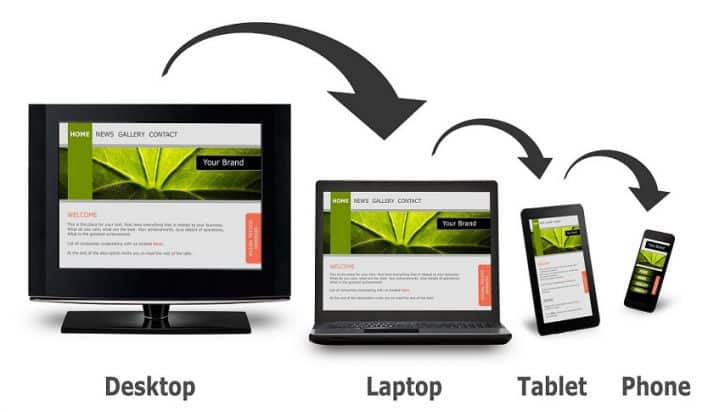Creating an Effective Website to Sell Your Products
In the current digital era, having an online presence is essential for companies trying to expand their customer base and boost sales. Making an attractive and user-friendly website is one of the best strategies to sell your goods online. We’ll lead you through the necessary steps to build a website that promotes your goods and encourages sales in this guide. How do I create a website to sell my products?
1. Define Your Brand and Products
It’s critical to have a solid understanding of your brand and the things you intend to offer before you begin creating your website. Determine your target market, differentiators, and the benefits your products offer consumers. This will assist you in developing a website that appeals to your potential customers.
2. Choose a Domain Name and Hosting
Your domain name serves as your internet address, so pick a name that is memorable and fits your brand. Once you have a domain name, you’ll need a hosting company to store the files for your website and make it available online. In order to accommodate prospective expansion, look for a hosting solution that provides reliable uptime, security features, and scalability.
3. Select an E-commerce Platform
You will need an e-commerce platform that has the required capabilities for displaying products, managing inventory, processing payments, and handling orders if you want to sell products online. Popular e-commerce platforms like Shopify, WooCommerce, and BigCommerce simplify the process with their user-friendly interfaces and configurable themes.

4. Design Your Website
Your website’s design has a big impact on how many clients you can bring in and keep. Select a template that is responsive so it looks amazing on desktop and mobile devices. Make the template your own by changing the fonts, colors, and overall design to reflect your brand. Give customers a clear picture of what they’re purchasing by using high-quality photographs and thorough descriptions of your products.
4.1. User-Friendly Navigation
Make sure your website has simple navigation so that customers can find things with ease. To arrange your products, use distinct categories and labels. Also, include a search box for easy access. The user experience is improved and visitors are enticed to explore more with a well-organized navigation menu. For website design for online stores click here.
4.2. High-Quality Visuals
Particularly in e-commerce, pictures speak louder than words. Make use of high-resolution pictures that show off your products from various perspectives. Think about using videos to show how to use the product. Customers are more likely to buy your products because of the clarity of the images.
4.3. Trust-Building Elements
Include components that foster trust, such as client testimonials, reviews, and trust badges. Draw attention to any certifications or warranties that your products have. Convincing potential clients to make a purchase requires developing trust.

5. Implement Secure Payment Gateways
When doing online transactions, security is of the utmost importance. To securely process payments, pick a reliable payment gateway. The majority of e-commerce platforms have integrations with different payment gateways, including PayPal, Stripe, and Square. Ensure that the payment information from your consumers is secure and shielded from hacks.
6. Optimize for SEO
Your website will rank higher in search engine results as a consequence of search engine optimization (SEO), making it simpler for potential clients to find you. Find appropriate keywords for your items and incorporate them into the headings, meta descriptions, and product descriptions. Use a blog to consistently provide worthwhile material to raise the SEO of your website.
7. Implement a Smooth Checkout Process
Cart abandonment may result from a difficult checkout experience. Keep the checkout procedure streamlined and uncomplicated. Give consumers a choice of payment methods, and let them check out as guests if they’d rather. Include a progress bar so customers can see how many steps are still needed to complete the checkout. https://jbqualityairconditioning.com.au/evaporative-air-conditioner-repairs-craigmore/

8. Mobile Responsiveness
Online purchases are made in large part on mobile devices. Make sure your website responds to different screen widths and offers a seamless user experience. To make sure that buttons, graphics, and text are properly sized and displayed, test your website on various devices.
9. Regularly Update and Maintain
A website’s creation is a continuous process. Update your product listings frequently, add fresh content, and tweak the appearance. Utilize analytics tools to track the effectiveness of your website and pinpoint areas for improvement.
Conclusion
Careful preparation and execution are necessary when building a website to market your products. You can build an online store that successfully markets your goods and increases sales by establishing your brand, selecting the best e-commerce platform, building a user-friendly website, and paying attention to security and experience. Continue to tweak and modify your website to match the shifting demands of your visitors and the ever changing digital environment.





